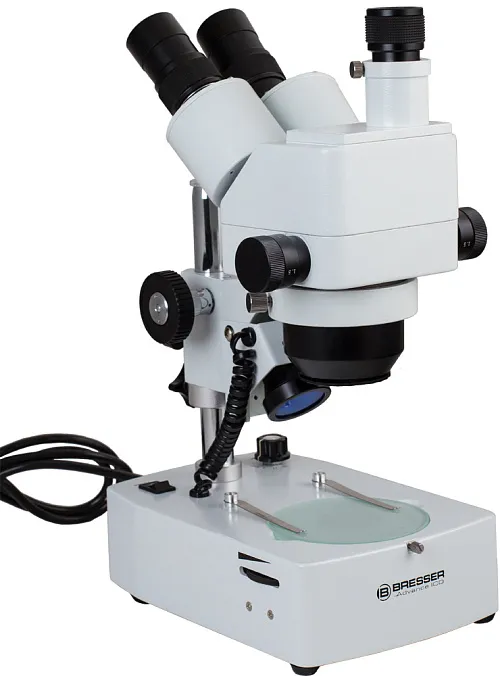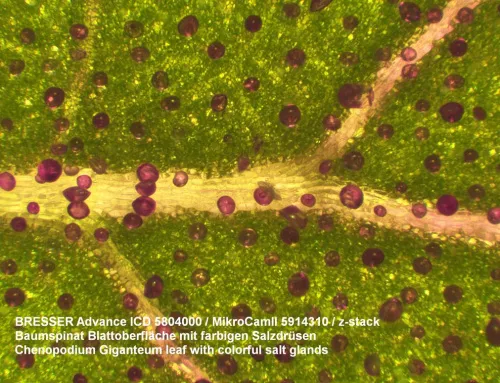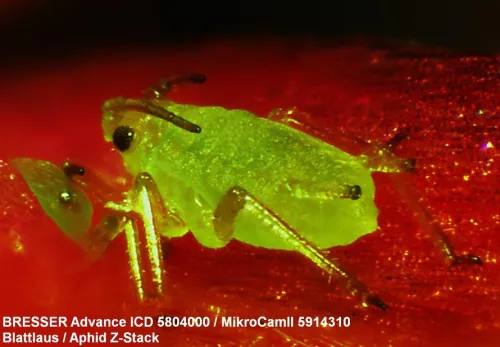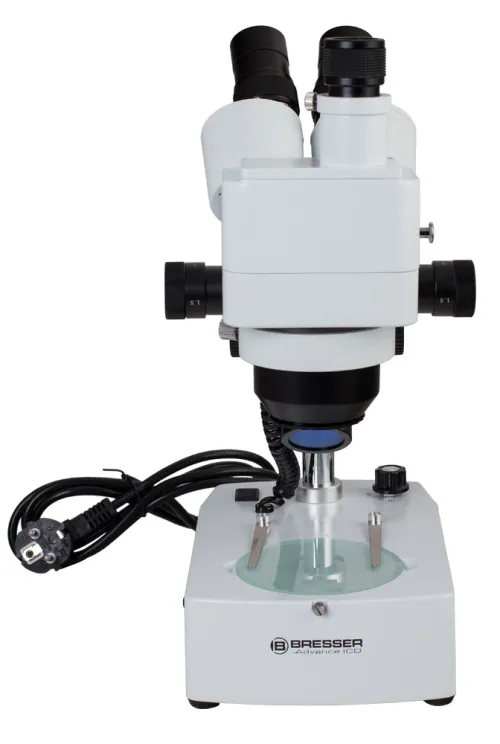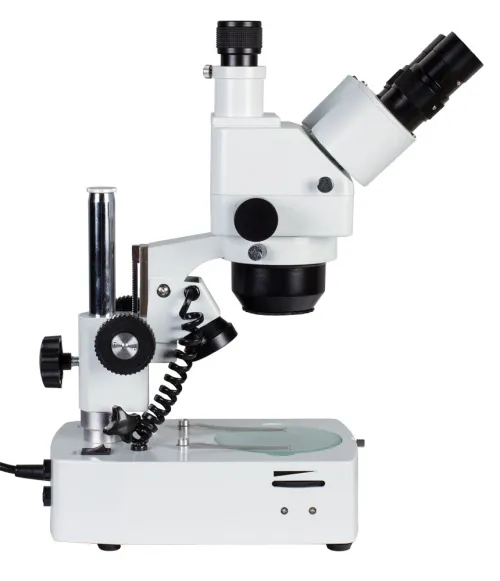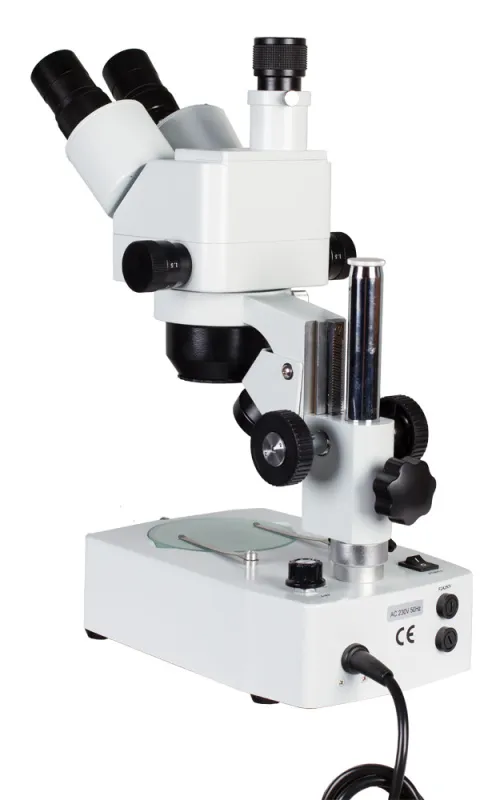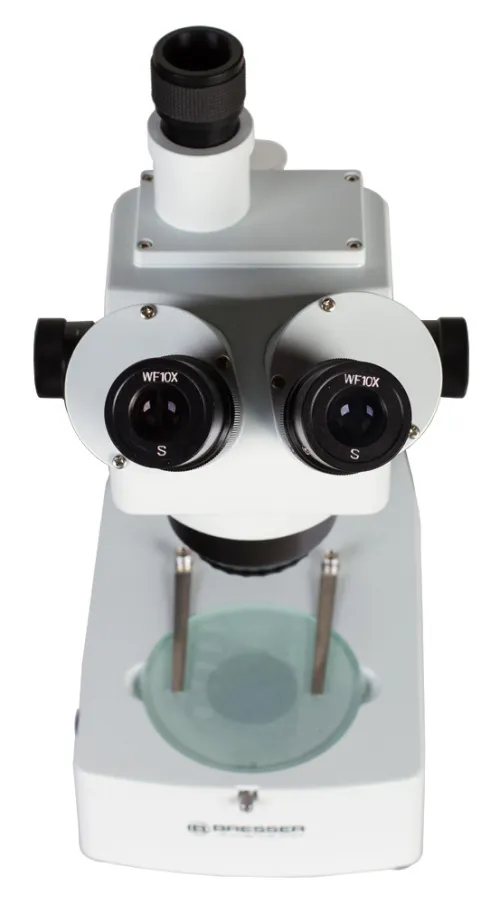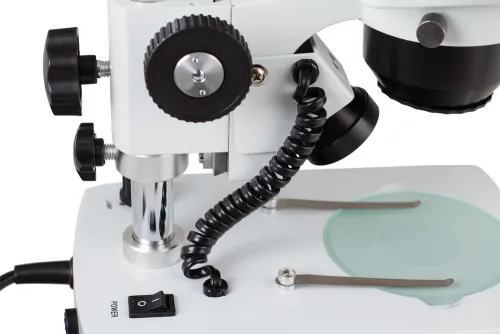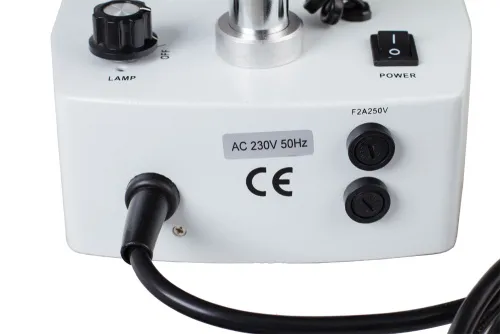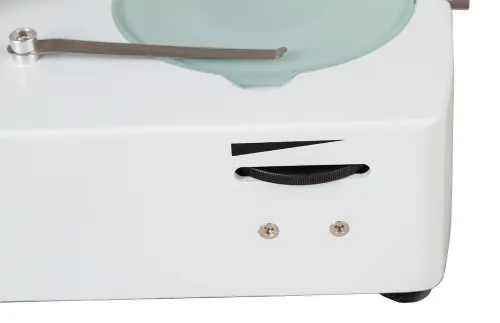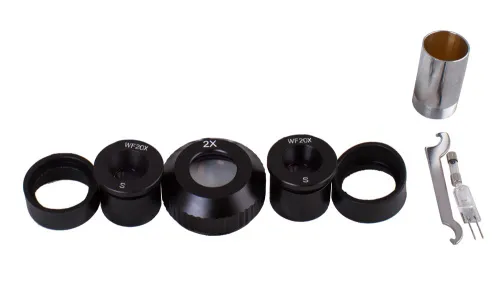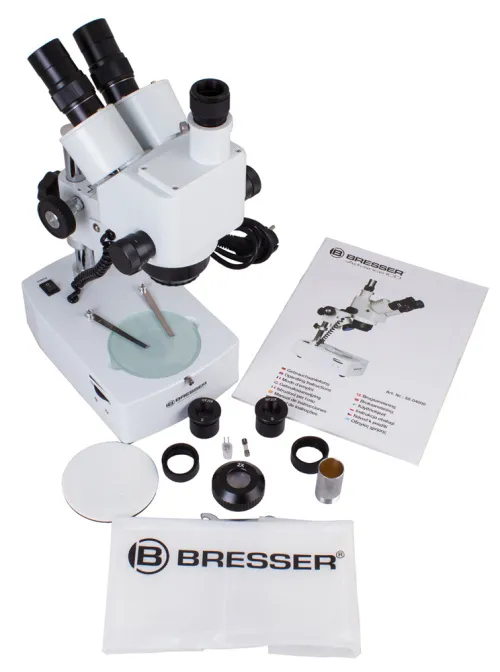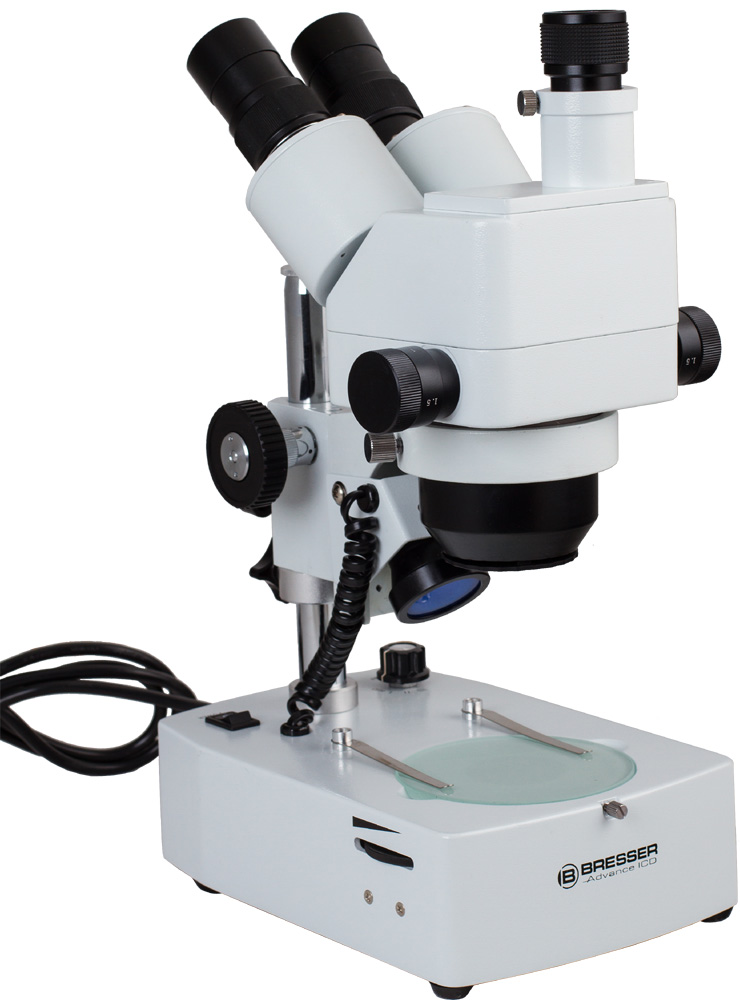Bresser Advance ICD 10–160x Microscope
Stereo microscope. Trinocular head. Magnification: 10–160x
| Product ID | 33142 |
| Brand | Bresser GmbH, Germany |
| Warranty | 2 years |
| EAN | 4007922148014 |
| Package size (LxWxH) | 35x23x44 cm |
| Shipping Weight | 5.92 kg |
If you need a quality stereo microscope for professional use at an affordable price, the Bresser Advance ICD 10–160x Microscope is what you are looking for. This model combines the highest optical quality, reliable mechanics, and high convenience of use. It offers a wide range of application: from education and archeology to gemology and watch repair.
The microscope combines a stereo zoom objective (1–4x) and two pairs of high-grade wide field eyepieces (10x and 20x). The model’s multi-coated glass enables bright and contrast views with no distortions and great color rendition. To enhance image contrast, a blue filter is included. The design of the height-adjustable head allows you to attach a camera and then simultaneously observe a sample with two eyepieces and make photos and videos. For more convenient observations, interpupillary distance and diopter correction mechanisms are provided. Two bright halogen bulbs can be turned on separately or both at once. The illumination is powered by mains electricity.
The kit includes:
- Bresser Advance ICD 10–160x Microscope
- Eyepieces: WF10x, WF20x
- Blue filter
- Rubber eyecups
- Protective cap
| Product ID | 33142 |
| Brand | Bresser GmbH, Germany |
| Warranty | 2 years |
| EAN | 4007922148014 |
| Package size (LxWxH) | 35x23x44 cm |
| Shipping Weight | 5.92 kg |
| Type | light/optical, stereo/instrumental |
| Microscope head type | trinocular |
| Head | 360 ° rotatable |
| Head inclination angle | 45 ° |
| Magnification, x | 10 — 160 |
| Eyepiece tube diameter, mm | 30.5mm (binocular head); 23.2mm (third vertical tube) |
| Eyepieces | WF10x, WF20x |
| Objectives | 2x |
| Working distance, mm | 28 — 80 |
| Interpupillary distance, mm | 55 — 75 |
| Stage features | fixed, with clips |
| Eyepiece diopter adjustment, diopters | ±5 |
| Focus | coarse |
| Illumination | halogen |
| Power supply | 220–240V |
| Light filters | blue |
| Additional | 1–4x stereo magnification |
| Application | for applied research |
| Illumination location | dual |
| Research method | bright field |
| Pouch/case/bag in set | dust cover |
We have gathered answers to the most frequently asked questions to help you sort things out
Find out why studying eyes under a microscope is entertaining; how insects’ and arachnids’ eyes differ and what the best way is to observe such an interesting specimen
Read this review to learn how to observe human hair, what different hair looks like under a microscope and what magnification is required for observations
Learn what a numerical aperture is and how to choose a suitable objective lens for your microscope here
Learn what a spider looks like under microscope, when the best time is to take photos of it, how to study it properly at magnification and more interesting facts about observing insects and arachnids
This review for beginner explorers of the micro world introduces you to the optical, illuminating and mechanical parts of a microscope and their functions
Short article about Paramecium caudatum - a microorganism that is interesting to observe through any microscope

